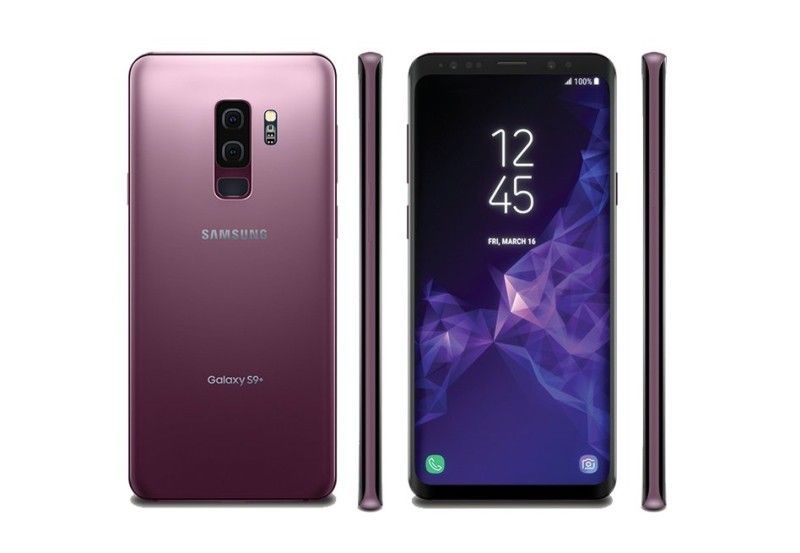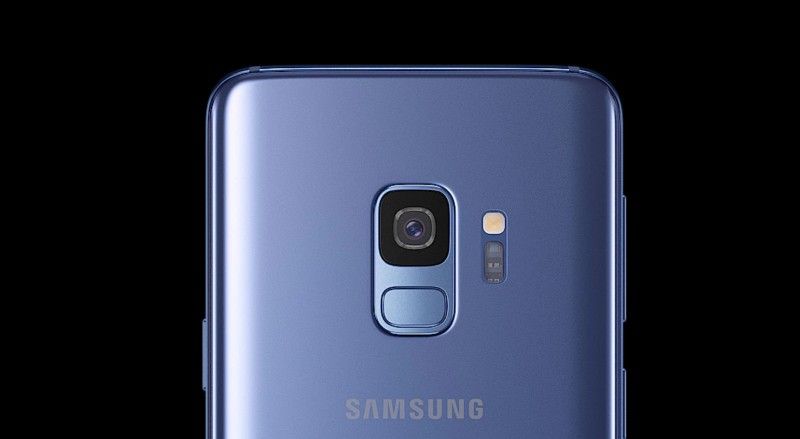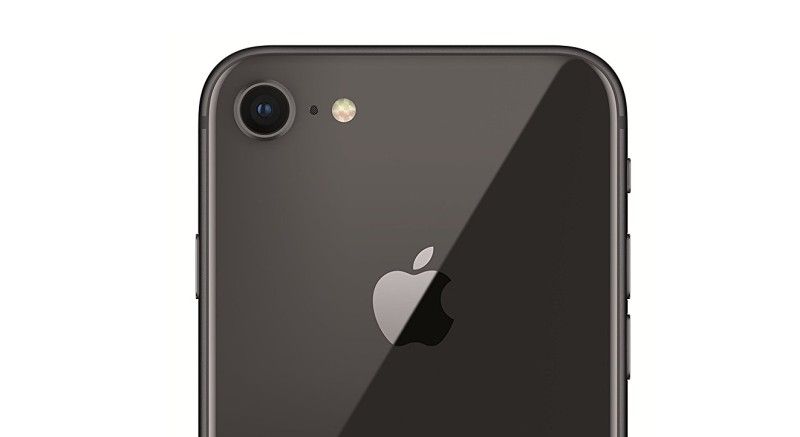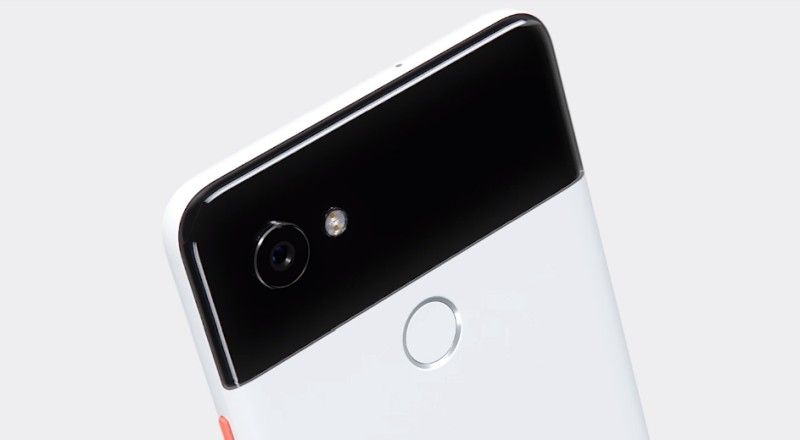Samsung Galaxy S9 Vs iPhone 8 Vs Google Pixel 2 XL
The design, build, displays, and performance varies between these three handsets.

The Samsung Galaxy S9 and S9+ are finally official. The Plus variant will take on the iPhone X, while the Galaxy S9 will have to compete with the iPhone and Pixel 2 XL. The selection seems random, but these three phones are priced in the range of Rs 65,000 to Rs 70,000.
Another binding node is that they are all one-eyed monsters. In a world where even mid-range phones wear dual lenses, the S9, iPhone 8, and Pixel 2 XL settle for a single lens camera. That however does not mean that these phones can't hold their ground. In fact, the devices in question are the top rankers in tests run by DxOmark.
The design, build, displays, and performance varies between these three handsets. So, to help you choose the one that's best for you, we have put together this comparison.
Design
The Samsung Galaxy S9 (click to read review) is the latest entrant in this category. It is based on the same curved screen design language of the Galaxy S8. It is hands down the best-looking handset among the three with its non-existent side bezels. The top and bottom bezels are also pretty slim too. It has Corning Gorilla Glass 5 protection on the front and rear to save it from the scratches. The Galaxy S9 an IP68 certified body for water and dust resistance. The Samsung Galaxy S9 will be available in Midnight Black, Coral Blue and Lilac Purple colours in India.
With the iPhone 8 (click to read review), Apple has returned to the glass back design introduced with the iPhone 4. This also enabled Apple to add in wireless charging, as the metal back wouldn’t have allowed it. Apple claims the glass used on this handset is the most durable glass ever to be used on a mobile phone.
Unlike its opponents here, the iPhone 8 sports very thick bezels to the top and bottom of the screen. It also has a physical home button below the display which the others lack. The iPhone 8 also feels premium due to its heft. You have a choice of three Silver, Gold, and Space Gray. The iPhone 8 is certified IP67 for water and dust resistant.
Google Pixel 2 XL (click to read review) joined the bezel-less consortium last year, but it is clearly not the best attempt at the design. The bezels at top and bottom are definitely not the slimmest we have seen lately. However, on the bright side, the bezels house two stereo speakers. At the back, the design is reminiscent of the older Pixel phones with dual materials.
The top half has a glass housing, whereas the lower half has a matte finish. The fingerprint sensor is placed on the metal portion. The Google Pixel XL 2 comes in Just Black version, and a Black & White colour combo which gets a neon orange Home button. Due to the bigger display than its opponents, the Google Pixel 2 XL stands tall. The Google Pixel 2 XL gets IP67 certified body for water and dust resistance.
Display
The Galaxy S9 gets a 5.8-inch Quad HD+ (2960 × 1440 pixels) Super AMOLED Infinity display with 570ppi. It features a tall aspect ratio of 18:9. It has a screen-to-body ratio of 83.6%. We all know that AMOLED displays are top notch in terms of quality. They offer vibrant colours and amazing contrast.
The Apple iPhone 8 comes with a 4.7-inch IPS HD LCD display with a 1334x750 pixels and 326ppi. It follows the conventional 16:9 aspect ratio. It has an ion strengthened glass and an oleophobic coating on its display. The iPhone 8 simply lags in the display department as the other two sport bigger OLED displays. It can't produce proper blacks like the competition. And the meagre HD resolution is another downer at this price point.
The Google Pixel 2 XL packs in a 6-inch Quad HD+ pOLED display with 2880x1440 pixels resolution, 18:9 aspect ratio and an earth shattering 100000:1 super contrast ratio. The display is protected by the Corning Gorilla Glass 5. It has a screen-to-body ratio of 76.4 percent. Samsung has a clear edge in the display department.
Performance and OS
The Galaxy S9 runs on Android Oreo 8.0 with Samsung’s own TouchWiz UI on top. The Indian units come equipped with Samsung’s home-grown Octa-Core Exynos 9 Series 9810 SoC which comprises of Mali G72MP18 GPU. The American variants are powered by the Snapdragon 845 SoC. In terms of memory, the Galaxy S9 comes with 4GB LPDDR4x RAM coupled with 64GB/256GB internal memory.
The Google Pixel 2 XL is powered by a Qualcomm Snapdragon 835 SoC which hosts an octa-core CPU clocked at 2.35GHz and is coupled with Adreno 540 GPU for extensive gaming tasks. It comes with 4 GB LPDDR4X RAM and comes in two storage options of 64GB and 128GB. It doesn’t have a microSD card slot to expand memory. It runs on stock Android 8.0 Oreo.
The iPhone 8 runs on Apple’s latest platform update, iOS 11. The phone is powered by Apple’s new A11 Bionic chip is incredibly fast. It is a Hexa-core chip which combines two high-performance cores with four high-efficiency cores and has an Apple-designed GPU inside. The iPhone 8 runs fine with just 2 GB of RAM and comes in 64GB/ 25GB internal storage options with no support for microSD cards. iPhone 8 may not look powerful on paper, but thanks to its optimised OS, it offers a better performance.
Camera
The Samsung Galaxy S9 is equipped with a new 12-megapixel Dual Pixel rear camera with an LED flash. It gets variable apertures ranging from f/2.4 aperture to as low as f/1.5 aperture. It also comes with a super impressive 960fps Super Slow-mo video option. You also get Motion Detection feature that detects movement in the frame and automatically begins to record. The selfie shooter on these devices is a single lens unit of 8-megapixel coupled with autofocus and f/1.7 aperture.
The iPhone 8 has a 12-megapixel main camera with an f/1.8 aperture. HDR is now always on and Apple has tweaked the algorithms for better colour saturation. The phone has optical image stabilization to click sharp images. The iPhone 8 can also record 4K video at up to 60 frames per second and 1080p video at up to 240fps. However, it’s a shame that you don't get Portrait Mode on the iPhone 8. There’s a 7-megapixel front-facing camera with an f/2.2 aperture for FaceTime calls and selfies.
The older Pixel phones enjoyed the tag of the best cameras on a smartphone and being a top scorer on DxOMark is the testament to that fact. Google promises better optics on the new Pixel smartphones with a 12.2-megapixel f/1.8 aperture camera. It is equipped with OIS (Optical Image Stabilisation) and EIS (Electronic image Stabilisation). It also gets Laser + Dual-Pixel Phase detection. Google has ramped up its software AI (Artificial Intelligence) with this phone. it now analyses the portrait shots and provides better Bokeh effect images. The selfie 8-megapixel f/2.4 aperture camera also gets Dual-Pixel tech and shoots portrait bokeh effect images now.
Miscellaneous Features
The Samsung Galaxy S9 comes with stereo speakers tuned by AKG and support Dolby Atmos. It comes with AR Emoji, which uses machine learning to analyse and map more than 100 facial features to turn your face into a 3D emoticon. It can be exported to video or stickers and uses a standard AGIF file format that lets you share with third-party messaging platforms. The Galaxy S9 packs in 3000 mAh battery inside with support for fast charging and wireless charging. The handset also comes with IRIS scanner and Face Recognition as other modes of security. The Galaxy S9 is the only dual SIM handset in this comparison.
The Apple iPhone 8 gets updated stereo speakers, which make the phone 25 per cent louder than the iPhone 7. It now comes with ARKit, which is a developer framework for augmented-reality apps and games. These employ your iPhone’s camera to overlay game elements, furniture, and more in your living room. The iPhone 8 has a smaller battery than its predecessor at 1,821mAh. Thankfully, Apple has added fast-charging support, which can charge up to 50 per cent of the battery in 30 minutes. There’s also wireless charging support through the Qi standard, made possible by the new glass back.
The Google Pixel 2 XL gets EdgeSense which activates the Google AI mode when the frame of the phone is squeezed physically on its edges. This eliminates the need for a dedicated physical button. The Google AI mode can now activate or disable Wi-Fi, Bluetooth and other such services on demand. The Phone also features an Always-On display. In addition to the basic Time, Date and notifications is also Always-Listening as it detects and displays song information on its own. The Pixel 2 XL is powered by a 3520mAh battery under its hood which powers the device and its pixels on screen. Though it gets fast charging tech, it lacks wireless charging found on the other two devices here.
Pricing and Availability
The Samsung Galaxy is available for pre-order on Flipkart while orders will start shipping from March 16th onwards. It is also available for order from select retail stores offline. The Samsung Galaxy S9 64GB comes for Rs 57,900 while the Samsung Galaxy S9 256GB (Midnight Black) comes for Rs 65,900.
The Apple iPhone 8 is available for Rs 54,999 (64GB) and Rs 69,999 (256GB) on Flipkart.
The Google Pixel 2 XL comes at Rs 54,999 (64GB) and Rs 63,999 (128GB) on Flipkart.
Overall, the Galaxy S9 is an all-round performer in a swanky package. The iPhone 8 is good for users who prefer good experience. The Pixel 2 XL is largely overshadowed by the S9, but still makes a strong case for the fans of pure Android.
— by Ajinkya Bhoir
Disclaimer: The views and opinions expressed in this article are solely those of the original author. These views and opinions do not necessarily represent those of Deccan Chronicle and/or other staff and contributors to this site. Ajinkya Bhoir is a tech aficionado. Though he mostly writes about gadgets, he prefers things that guzzle gasoline more than those running on lithium-ion batteries. He is a content guy at Compareraja.in.






